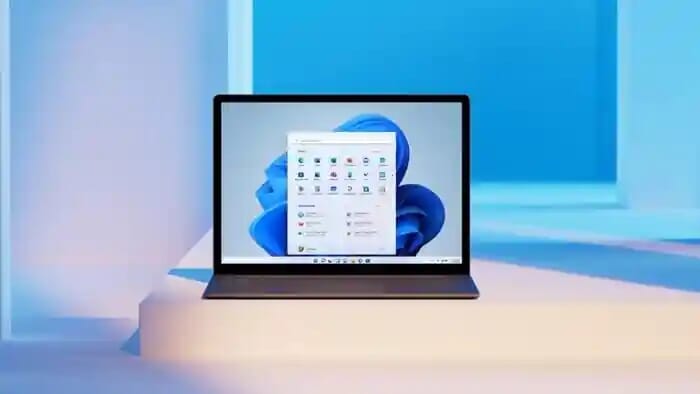With the release of Windows 11, Microsoft introduced heightened hardware requirements compared to its predecessor, Windows 10. While many 64-bit PCs capable of running Windows 10 can also handle Windows 11, including those equipped with Intel Core 2 Duo processors from the era of Windows XP, recent developments suggest a shift in compatibility with older hardware.

The Update 24H2 for Windows 11, currently under testing since early February, marks a notable change. Reports from users, such as Bob Pony, indicate that the latest update imposes restrictions on older processors.
The Culprit: "POPCNT" Instruction:
The crux of the matter lies in the "POPCNT" instruction, short for "population count." This instruction plays a crucial role in calculating bit numbers within the system language. While the rationale behind this requirement remains unclear, various components within Windows 11, including the kernel, USB system, network driver, and core systems, now depend on this instruction.
POPCNT is integrated as part of the SSE4 instruction set in modern x86 processors. For Intel processors, it resides within SSE4.2, present in the first-generation Intel Core architecture codenamed Nehalem. Conversely, for AMD processors, POPCNT exists within SSE4a, initially introduced in Phenom, Athlon, and Sempron series processors utilizing the K10 architecture.
Implications and Exclusions:
The consequence is that processors released before the introduction of Nehalem and K10 architectures are now incompatible with Windows 11. This includes early versions of Intel Core 2 Duo and AMD Athlon 64 processors. Despite potential upgrades such as increasing RAM capacity to 8GB or transitioning from HDD to SSD, PCs equipped with these processors remain incapable of running Windows 11 or contemporary applications.
Exploring Alternatives: Reverting to Older Operating Systems?
For users facing compatibility issues or unwilling to invest in new hardware, reverting to older operating systems emerges as a viable solution. Operating systems such as Windows 10, known for their lower hardware requirements, could serve as a pragmatic alternative.
Benefits of Reverting to Older Operating Systems:
Enhanced Stability: Older operating systems have undergone extensive refinement and bug fixes, resulting in greater stability and reliability.
Compatibility with Legacy Software: Legacy software designed for previous Windows versions seamlessly integrates with older operating systems, ensuring continued access to essential applications.
Reduced Bloatware: Older operating systems often feature fewer pre-installed applications and unnecessary features, leading to a leaner and more efficient computing experience.
Extended Hardware Support: Older operating systems accommodate a wider range of hardware configurations, including legacy peripherals and devices, thereby prolonging the lifespan of existing hardware.
Challenges and Considerations:
- While reverting to older operating systems presents numerous advantages, several considerations warrant attention:
- Security Concerns: Older operating systems may lack the latest security updates and patches, exposing users to potential vulnerabilities and security risks.
- End-of-Support Issues: Microsoft and other software vendors may discontinue support for older operating systems, limiting access to critical updates and technical assistance.
- Compatibility Limitations: Certain hardware components and software applications may require Windows 11 or newer operating systems for optimal performance, rendering older operating systems unsuitable for specific tasks.
The evolving hardware requirements of Windows 11 pose challenges for users with older hardware configurations. While the introduction of the POPCNT instruction represents a significant shift in compatibility, exploring alternatives such as reverting to older operating systems offers a pragmatic solution. By weighing the benefits and considerations, users can make informed decisions to ensure a seamless computing experience tailored to their needs and preferences.




